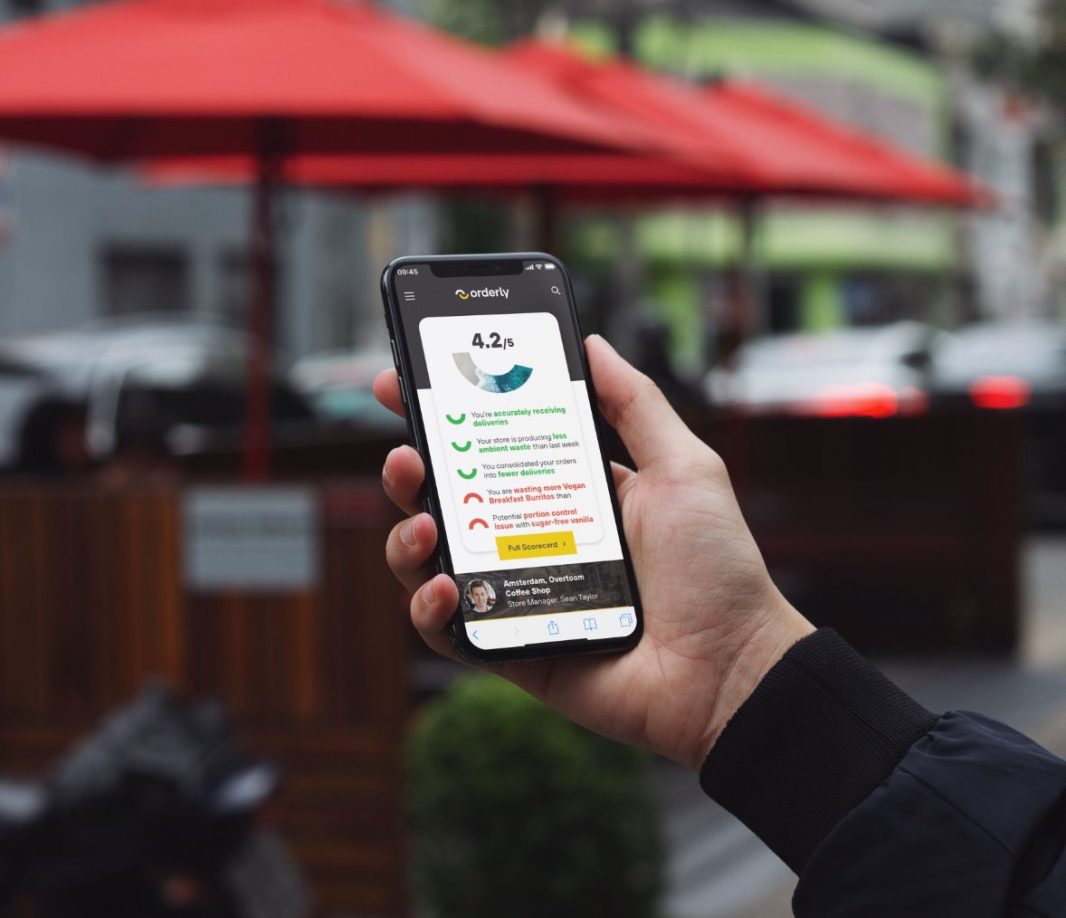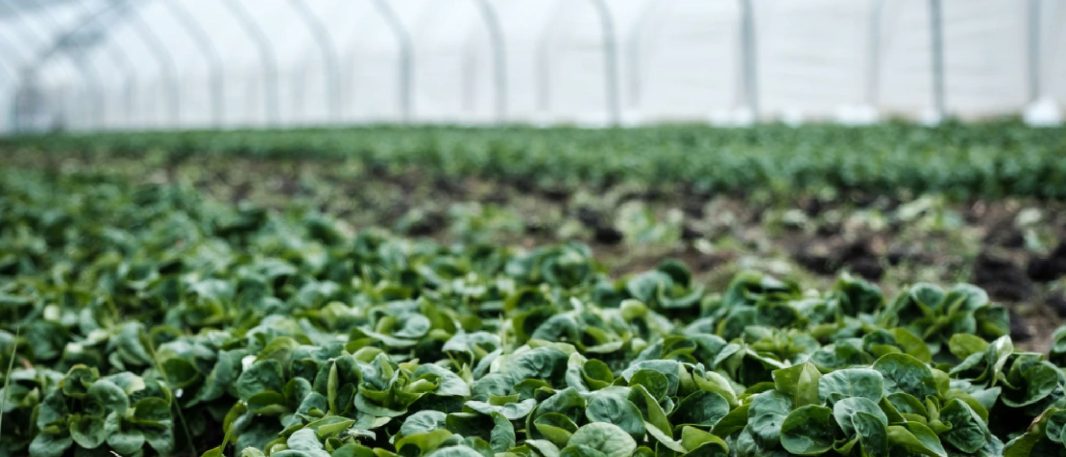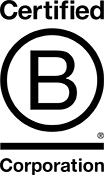Orderly was developed as a software solution that could help food and beverage brands, manufacturers and service providers develop more sustainable supply chains. But why does sustainable supply matter beyond ethics? We know that there are varied reasons for investigating supply chain sustainability, but for many, profit is a factor in response to consumer demand. In fact, 57% of businesses have public-facing sustainability goals for their supply chain.
So, let’s get the topic out in the open. What are the hidden benefits when you turn your supply chain green?
Enhanced revenue
A responsible and sustainable supply chain makes good business sense. While you might think we are referring to the positive benefits of a sustainable tax relief, like avoiding the fees on finished plastic packaging components or single use items, it goes deeper than this.
According to a survey focused on building supply chain sustainability, 25% of respondents have ‘already experienced increased revenue’ due to their supply chain sustainability efforts and 43% anticipate an increase in share prices resulting from these efforts within the next one to three years.
The consensus is it’s worth any short-term costs.
“Although sustainability in the food supply chain would raise the costs in organizations in the short run, it will enhance profitability in the long run. Apart from the economic perspective, sustainability brings social and environmental improvements, leading to economic growth and social health.” – Evaluating Barriers and Drivers to Sustainable Food Supply Chains
Improved customer happiness
Sustainable supply chains are often more resilient and better prepared to withstand disruptions. Diverse supplier networks, ethical sourcing practices, and proactive risk management can help mitigate supply chain risks, such as natural disasters or political instability.
In 2020, those who were already sourcing locally, ethically and responsibly from diverse sources with a good understanding of the layers of their supply chain were able to adapt faster into new trends like kerbside pick up, D2C or new delivery models.
Extra customer intel
One of the most important factors in food and beverage brand’s business is its supply chain. When you know how to manage your supply, you can focus more on what customers want- the food and service. That matters now more than ever in a marketing dominated world!
It is not uncommon that a consumer receives many promotional offers without regard to previous sales data.
Many businesses are struggling to evaluate marketing effectiveness tying sales performance to marketing campaigns. At the back end, the order fulfilment and inventory control processes can greatly affect customer experience.
Due to the lack of experience with the back-end order fulfilment processes, ToysRUs.com failed to deliver toys on time during the 1999 Christmas season, which caused 1 in 20 children not getting presents in time for Christmas (Turban et al. 2004).
Kmart’s problems in supply chain management often have caused on-sale merchandise out of stock when customers got to the store (Konicki 2002), which contributed to its failure and filing for bankruptcy in 2002. Customers’ change orders may not be handled swiftly because of the disconnection between order processing, production and supplier management.
While retail isn’t F&B, it shows where the gaps could be in your process and how even big brads names can fall into the gaps.
New market opportunities
Some markets, especially in the B2B sector, require suppliers to meet specific sustainability criteria. A sustainable supply chain can open doors to new markets and business opportunities that may otherwise be inaccessible. In fact a study from Deloitte showed that 46% have begun requiring business partners across their supply chain/value chain to meet specific sustainability criteria. – Deloitte
A smarter supply chain where you are spending time analysing each area makes a big difference to customer satisfaction, revenue and so many more areas that it would be mad to hold back due to legacy systems, existing contracts or other reasons.
If you’re still managing supply chain operations in spreadsheets or software that doesn’t give a full view, you’re missing out on more than you think.
The next steps? Get your plan in place.
It could be time to draw up a plan, after all, in one notable finding, EY teams research revealed that 33% of companies lack a business case for sustainable supply chains and nearly half of respondents said their companies are struggling to measure the return on sustainable supply chain activities.
That’s no coincidence! A lack of business case to support expenditures and processes to track sustainability improvements may stall funding support for future initiatives, and you don’t want to go down that route.







